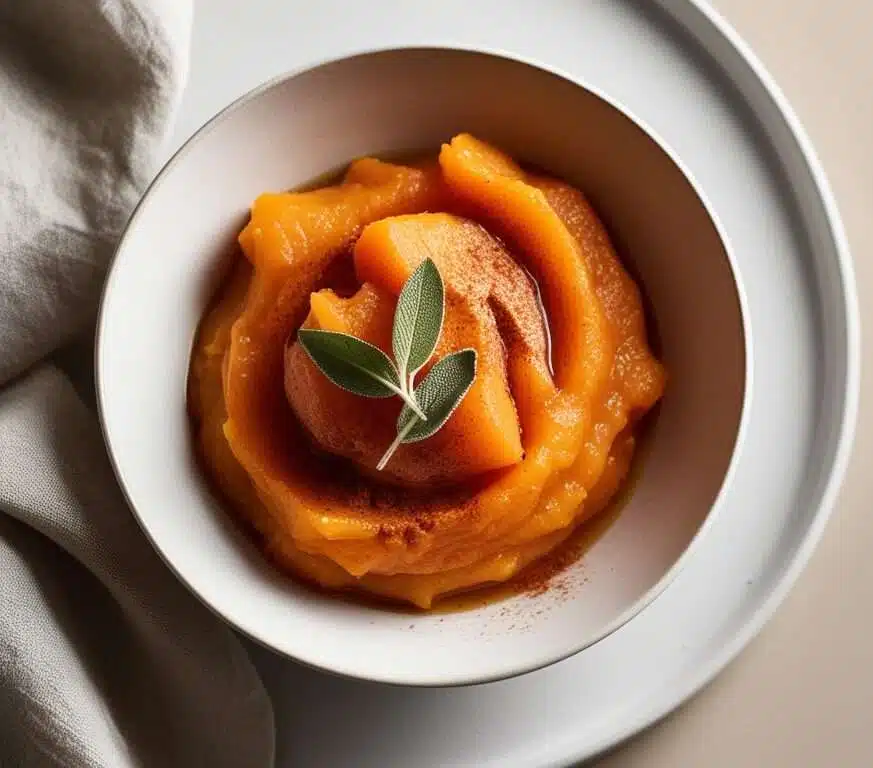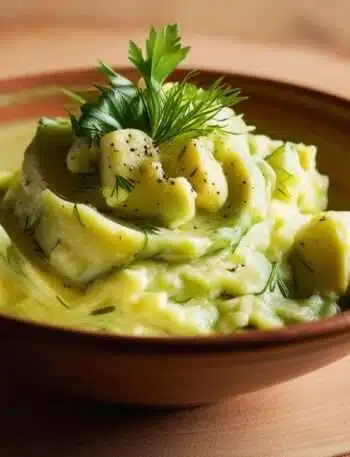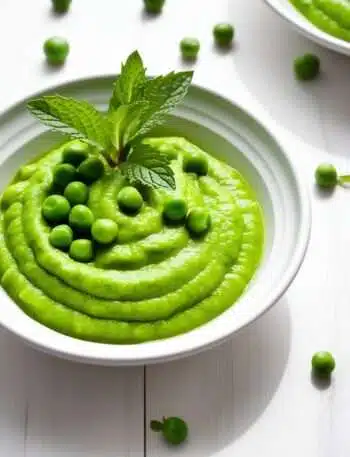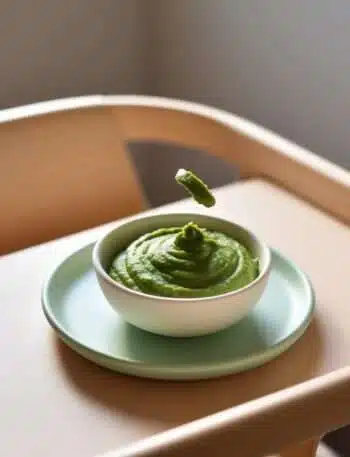
As you probably already know, chia seeds are currently considered as a super food owing to the various nutrients that are inherent to them and incorporating the seeds into the system of your toddler’s feeding can indeed be a very good idea.
The first time I prepared “Chia Seed Pudding” for my little one, The pudding itself was silky and tasted very mild and slightly sweet; the fact that it was loaded with nutrition was comforting. This is not only a tasty dish which means that it will be much appreciated by children and other family members but a very handy one as well because it does not take much time to be prepared. Besides, it is very convenient and can be made with different tasty stuffing and toppings to not to bore kid.
Health Benefits of Ingredients
Chia Seeds:
High in omega 3 fatty acids; fibers, proteins and minerals such as calcium and magnesium; that may contribute to brain, digestive and bone health.
Milk:
Contains calcium, vitamin D, and protein, and hence important for the formation of bones and other body parts. The same benefits can come from plant-based milks, more so the fortified ones.

Maple Syrup:
It is a pro- biotic yoghurt base and a natural sweetener which makes the recipe sweet but without added refined sugars.
Fresh Fruit:
Also introduced to the mixture are vitamins, minerals, essential fibers aimed at making the nutritional value of the pudding and the taste better.

For Healthy information you may visit Fit 4 You Section
Introducing Solid Foods to Your Child: A Guide
Solids to your baby is one of the most important stages that is usuallyassociated with so much joy or even fun to the baby. Here are some tips to help you through this journey:Here are some tips to help you through this journey:
1. Start Slow: Start with initiating the baby on single vegetable or fruit purées to be sure of its effect on its’ system due to allergy related problems. This is helpful when it comes to knowing one’s sensitivities in case there are any.
2. Choose the Right Time: Take your baby for solids around six months, but if you note any of the following signs then it is time to start the process, lack of spitting up, the baby can sit with support and seem interested in the food. Lastly, it is all-printed that every child is unique and therefore one has to work based on the signals he/she gives.
3. Consistency Matters: Introduce new foods in a regular basis without delay even if your baby refuses them. As it has been seen constantly, we feel that persistence plays a crucial role in one’s acceptance.
4. Texture Transition: Gradually advance from easy-to-spoon purees to thicker, chunkier textures that your baby can more easily self-feed. Slow changes in the texture can be more easily handled and tolerated by them.
5. Patience is Key: In the case of food introduction, a baby can take several trials before they can accept that particular food. Repeat over time in a non-intrusive manner and someone will get it right in the long run.
6. Create a Routine: It is recommended to start with new foods during the normal meals to ensure that a child has set habits of eating. Consistency in particular plays a vital role in developing appropriate patterns of a healthy diet.
7. Stay Positive: Negative pressure or stress must not be allowed in eating areas and therefore must be controlled all the time. Positive reinforcement therefore means one can have a positive relationship with food.
8. Model Eating: Allow your baby to follow your example and introduce yourself to a diet: the child will try what you offer. This only makes them get curious and be willing to try out different stuffs.
9. Be Mindful of Allergens: Gradually present most popular allergens individually and observe any signs of an allergy. This can be beneficial to an individual especially when one is trying to discover more about any type of an allergy of their body.
10. Hydration: To help your baby to remain hydrated, it is advisable to add water to the baby’s diet other than breast milk or formula. As people know, people should drink water all day long for health and for ease of digestion.
The following Chia Seed Pudding recipe is tasty and healthy which will give your toddler the best foot forward to a healthy life. The chia seeds are used here in a creamy way which can be followed but the freshly fruits adds on the final tasty and juicy to the dish that your kid will like.
Supercharged Chia Seed Pudding: A Power-Packed Treat for Toddlers
Dish's Overall Value
Over to you – don’t let this Chia Seed Pudding deceive you this is healthy for your toddler and packed with nutrition. This is rich in omega three fatty acids, dietary fiber and protein which enhances the health of the heart, bowel movement and the body system in general. The sauce is relatively smooth, creamy and can be adjusted to suit the different preferences possibly existing at the growling up years of a child.
Tips to try new foods in toddlers To try new foods in toddlers, you can take some suggestions which are as follows:
- Blend with Favorites: Introduce new foods with the familiar foods in order to ease the child on the new foods to be eaten. For instance, it is can be served with the preferred yogurt mixed with it.
- Play with Presentation: Introduce fun shapes and bright colouring of the bowls so as to make it engaging for children to eat. In some cases, you may have to make a layered parfait-style presentation, which may well be quite alluring.
- Encourage Exploration: All new foods should be offered with an option for the toddler to touch and smell them before they have to taste them. This makes them keener and more ready to try as they go through this sensory discovery process.
- Stay Consistent: Introduce new foods often but do not insist for them to take them, this will help familiarise them with the foods. Showers endure change; the last resistance that a culture must triumph over is acceptance.
- Make Mealtime Fun: Use the creativity of your child and offer to turn meals into a game or story. Lightheartedness can also be used in making a meal more cheerful and fun to take.

Ingredients
Instructions
-
Combine Ingredients
In a small bowl or jar blend the chia seeds, milk, maple syrup, and vanilla extract if used. Stir well to combine.
-
Let It Set:
Spack on a plastic wrap and let the bowl or jar sit inside the refrigerator for a minimum of 2 hours or best to do it at night. Chia seeds will swell and the liquid you have added will make the seeds to develop a pudding like texture.
-
Stir Again?
Once the pudding has thickened, stir the pudding well so that there are no lumps.
-
Add Fresh Fruit
Add sweet fruits of your choice during preparation time to increase the amount of natural sugar and nutrients just before serving process.
-
Serve
It is best to serve the pudding cold although please ensure that it has not become a breeding ground for bacteria for your toddler’s health’s sake.
-
Preparation Instructions
- Preparation Time: 5 minutes
- Setting Time: 2 hours or even one night depending on the degree of detail that has been put in the research.
Nutrition Facts
- Amount Per Serving
- Calories 120kcal
- % Daily Value *
- Total Fat 5g8%
- Total Carbohydrate 14g5%
- Dietary Fiber 5g20%
- Sugars 7g
- Protein 4g8%
- Vitamin C 6 mg
- Calcium 150 mg
- Iron 1 mg
* Percent Daily Values are based on a 2,000 calorie diet. Your daily value may be higher or lower depending on your calorie needs.
Note
Suggestions for Other Additives to the recipes
- Mashed Banana: A plateau can act as a base for the pudding and the yoghurt adds natural sweetness and creaminess to the pudding.
- Cocoa Powder: To add a chocolate flavor, which can be a wonderful option if you would like to change and shift a little for your toddler.
- Greek Yogurt: To give that extra protein boost and give the sandwich some tartness.
- Cinnamon: It will also add a certain warm spiciness to it that can actually round up the flavors.
- Coconut Flakes: Lane 1; I thought that it provided a good amount of texture and flavor wise it had a mild coconut taste.
Alternative Ingredient Suggestions
- Flax Seeds: To replace chia seeds with the functions of bringing similar nutritional values and slightly different feel.
- Oat Milk: Alternatively to the cow’s milk or other plant based milks serving a different flavor and nutrient composition.
- Honey: Instead of maple syrup for sweetness (for children older than one year as honey must not be given to children under 12 months).
- Berries: Even though spicing up the diet has already been mentioned, this is just an additional way of adding antioxidants to the diet as well as some excitement in the form of a powerful boost of sense-tickling flavours.
- Nut Butter: Results in a creamy texture besides the provision of proteins and good fats.
Frequently Asked Questions
Yes you may use any type of milk – almond milk, coconut milk or the regular cow’s milk. Each will have a rather different taste and content in nutritional terms according to the ingredients used.
Of course, you may add cocoa powder or mashed banana or even cinnamon to mix it up a little to add variety.
The pudding does not need sugar at all since it can also be made from fruits if one has a preference to naturally sweet food products. This is can also be preferred since it can reduce the conformity of added sugars.
After preparation the pudding can be stored in the refrigerator for three days. This tastes best when consumed immediately, but, to extend its shelf life, please store it in an airtight container.
Chia pudding can be enjoyed cold; however, if your toddler finds it uncomfortable to eat cold foods you can warm it slightly.








